When thinking about the components of a solar panel system, people may immediately think about solar inverters, batteries and the solar PV panels themselves.
Solar mounting systems are often overlooked, despite being one of the key components of solar PV systems. In short, solar mounting systems are the structures which solar panels are attached to.
This page will examine everything you need to know about this essential component of solar panels.

Table of content
What is a Solar Panel Mounting system?
Solar Mounting systems ensure that solar PV systems are safely secured and facing the right direction to maximise energy output.
There are three main types of solar mounting structures, so let’s have a look at those. These are roof mounted, pole mounted and ground mounted systems.
Solar panels mounted on a pitched roof
By far the most common of the three types of solar panel mounting systems are roof mounted structures, and the vast majority of roofs are suitable for solar PV panels.
This is because most roofs usually have adequate space for a solar PV system, and they are often south-facing – the optimal direction for panels.
For solar panels to be installed on a roof, a mounting structure is necessary.
They protect the panels from the elements, as well as holding them in place in order to maximise efficiency and therefore energy output.
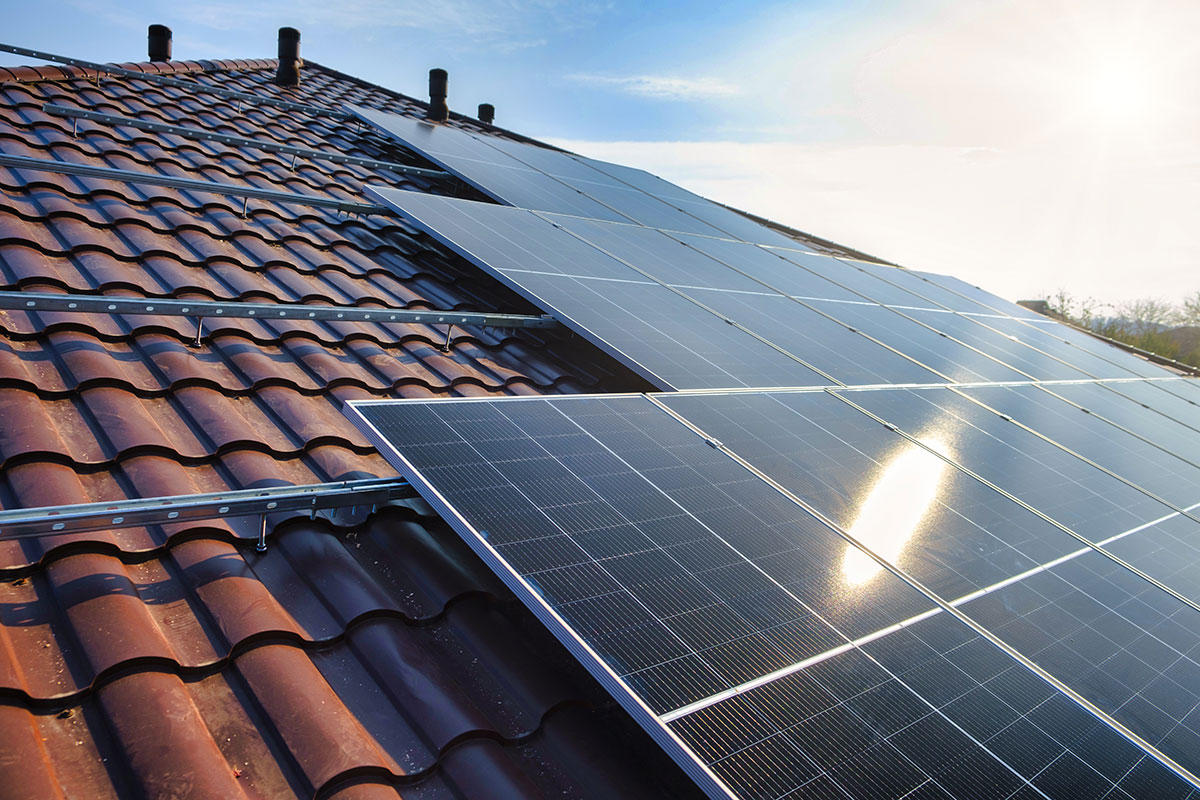
Pros of roof mounted solar panel system
Cons of roof mounted solar PV
Ground mounted solar system
Another of the most common solar PV mounting systems, are ground mounted systems, which allows for a larger solar PV system for those with adequate outdoor space.
These are much less common than solar panels situated on the roof, for reasons of space and aesthetics.
They can be more expensive and difficult to set up, but there are some advantages to installing a ground mounted system.

Pros of ground mounted systems
Cons of ground mounted systems
7 Years
A typical solar installation is fully paid back within 7 years. All solar panels we recommend are under warranty for 25 years, so you will enjoy at least 17 years of free energy generation.
0% VAT
As of 10 May 2023, the government has removed all VAT on solar installation and solar panel supply. This means solar has never been more affordable!
Government Grants
There is a range of government grants available for all new solar installations. Our team will guide you through the application process.
What are pole-mount solar systems?
Pole mount systems are an excellent option for homeowners when, for whatever reason, there is not enough available roof space.
Like ground mounted solar systems, they have the advantage of freedom to determine the perfect angle and direction to maximise energy output.
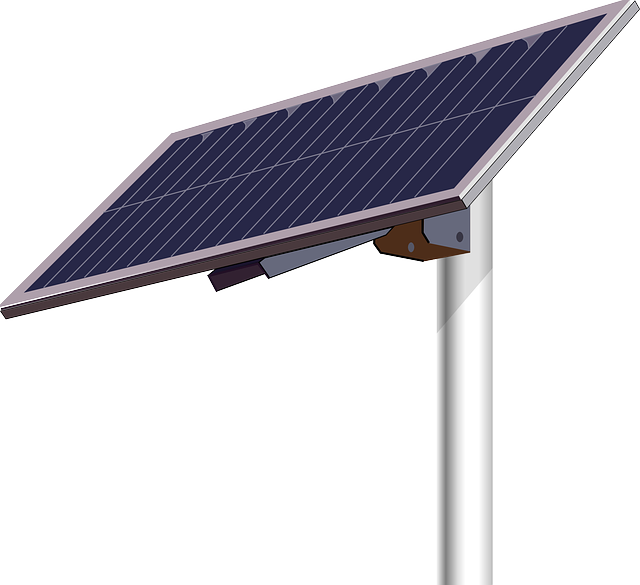
Advantages of pole mounting systems
Disadvantages of pole mounting systems
Solar PV panels on slate roofs
Slate roofs can be slightly more challenging than tile roofs for solar installation, but with the right installer, there will be no issues.
Solar PV panels are installed on slate roofs in almost exactly the same way as on tiles.
First the installer will remove the slates and attach brackets to the exposed rafter. The tiles which were removed are then cut around where the brackets are positioned.
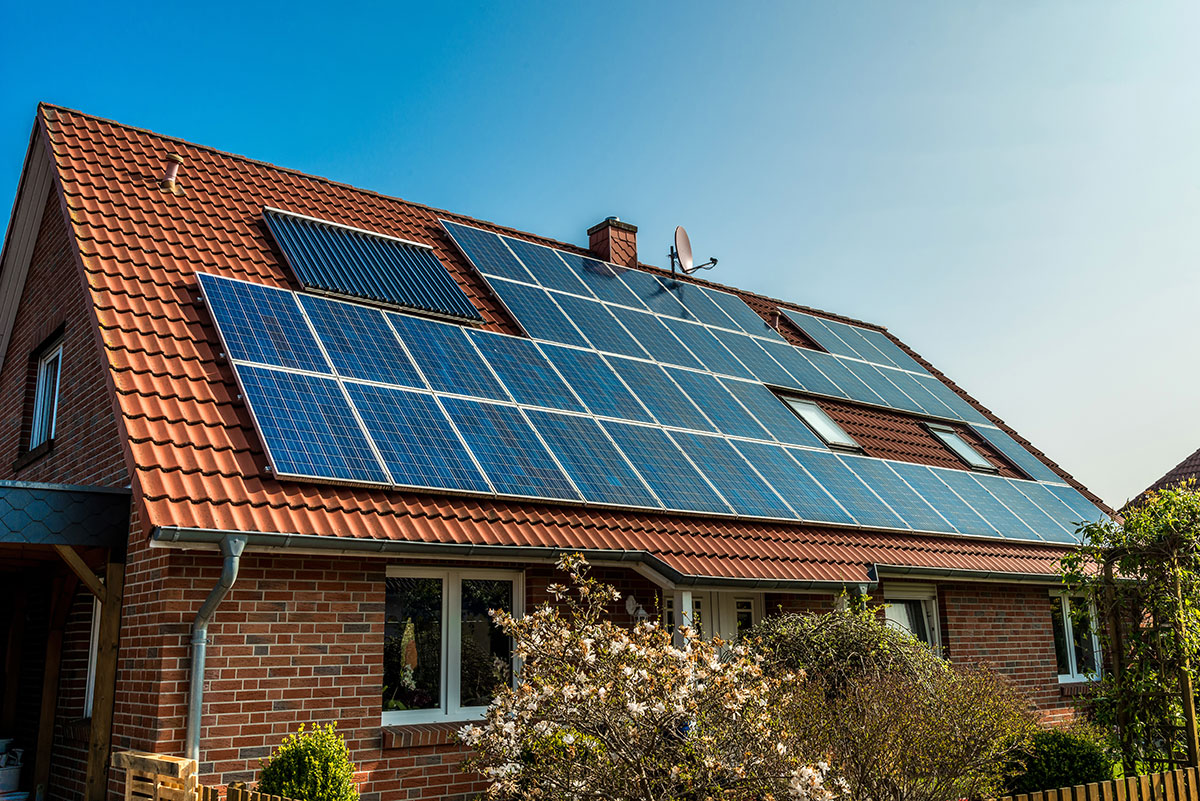
Solar on a trapezoidal metal roof
Metal trapezoidal roof structures at a good angle are among the best roof types for solar panels, and are generally better than slate roofs and flat roof systems.
Some of the benefits of solar panels on metal roofs include
Installing south-facing solar panels on flat roofs
Installing solar panels on a flat roof is possible, and there is a number of flat roof mounting techniques that are used by PV installers.
Compared to sloped roofs where rain water flows towards guttering, flat roofs are much more likely to collect water in areas.
This accumulation of water, poses a risk of water damage, even without a PV system, so this may be something to address before going solar.
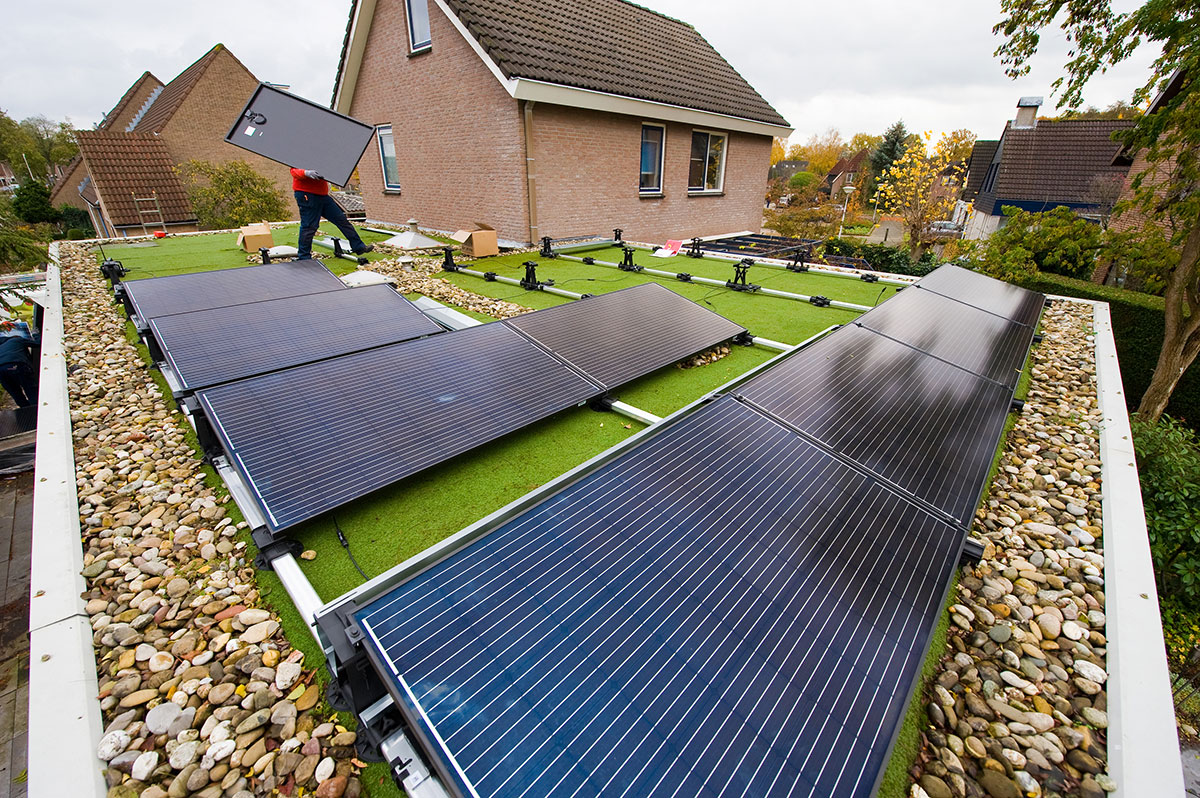
What is the perfect solar mounting system for me?
The vast majority of roofs are suitable for solar. Tiles, metal roofs and slate roofs are all able to support solar PV panels. And if in the unlikely event that your roof is not suitable, ground and pole solar panel mounting systems are a great alternative, which have their own advantages.
Deploying solar panels on each of the available mounting systems will depend on your individual needs and the space that you have available on your roof or outside.
The optimum angle and direction for solar panels
In the northern hemisphere, where Europe is situated, solar Panels should be mounted on roofs at an angle of around 45 to 55 degrees. Luckily, in Ireland, this is the normal pitch of roofs, meaning that solar panels can be mounted on most roofs and automatically achieve optimum performance.
Flat roofs are also suitable for solar panels, and with the right mounting system, they can be just as effective.
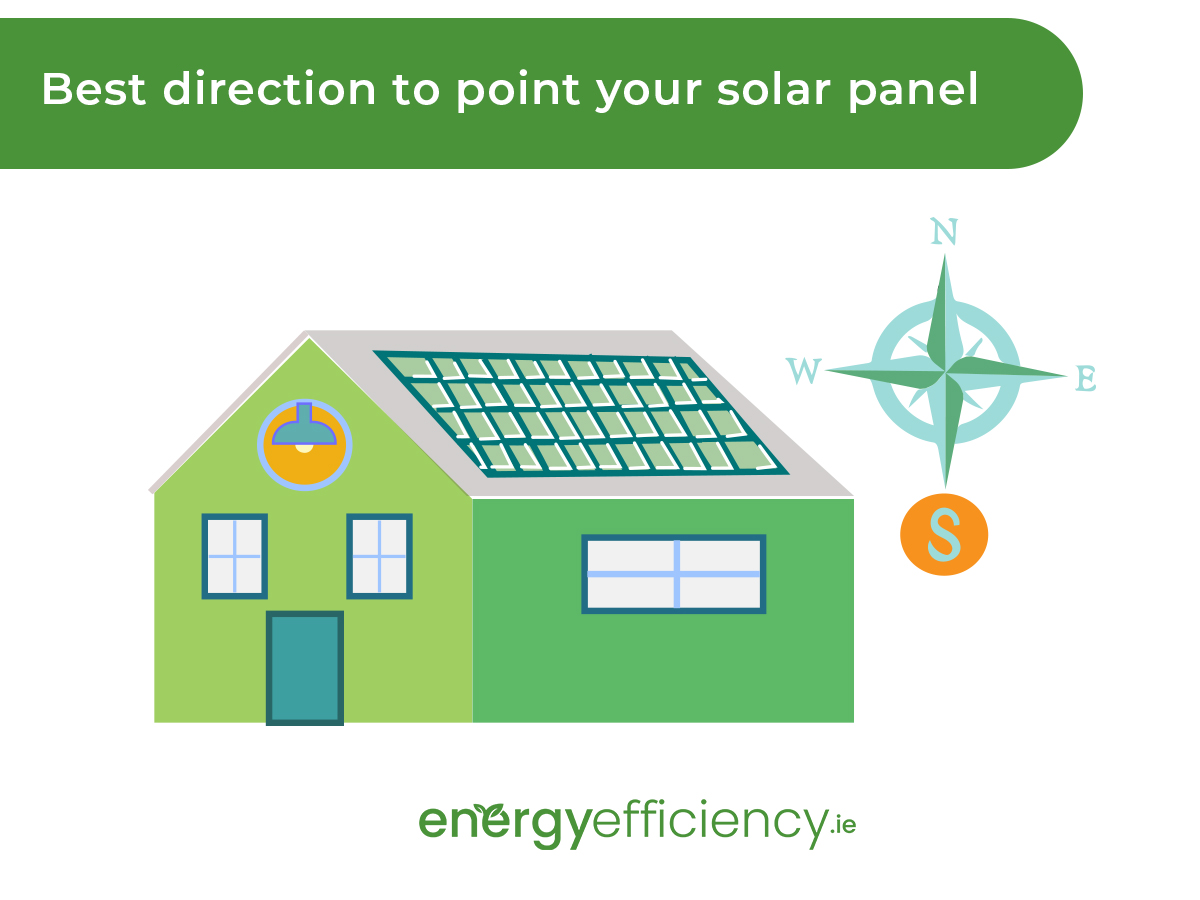
Get a free solar panel quote today
If you have any doubts about which mounting system will work best for your home or business, you can make an inquiry today to get a free quote and begin your solar panel journey.


